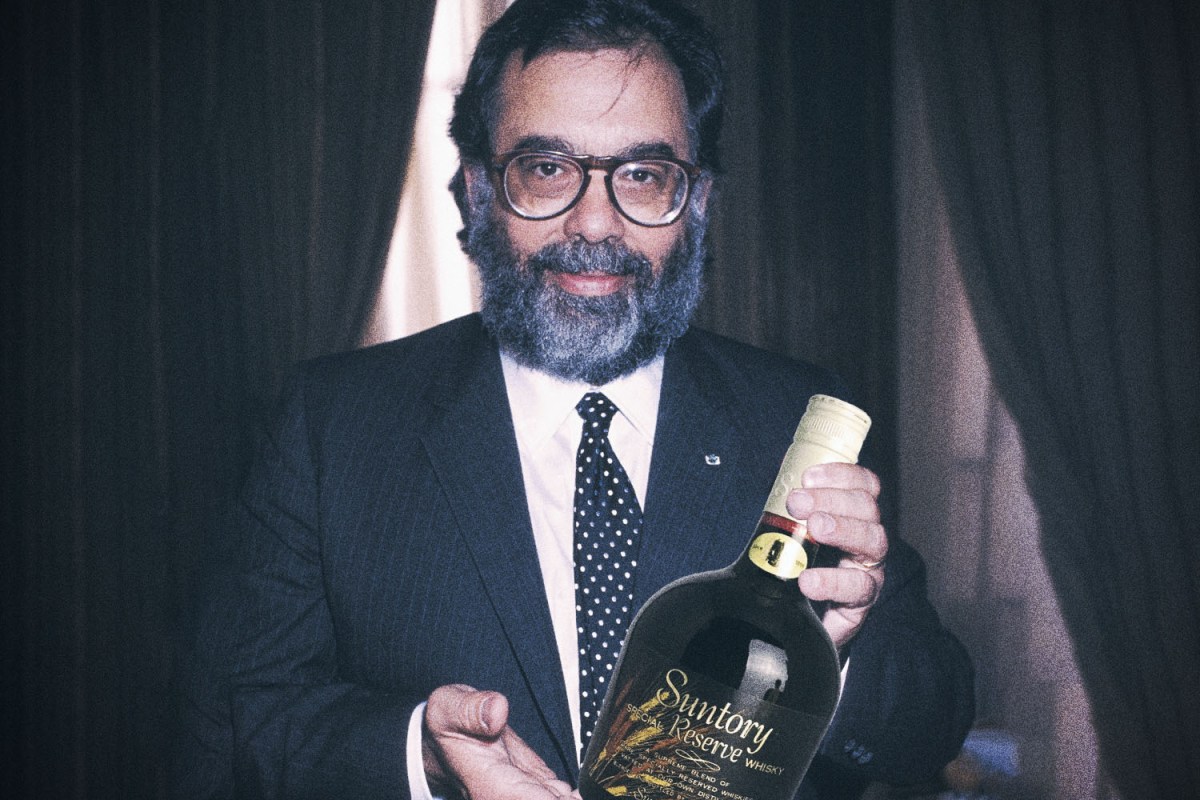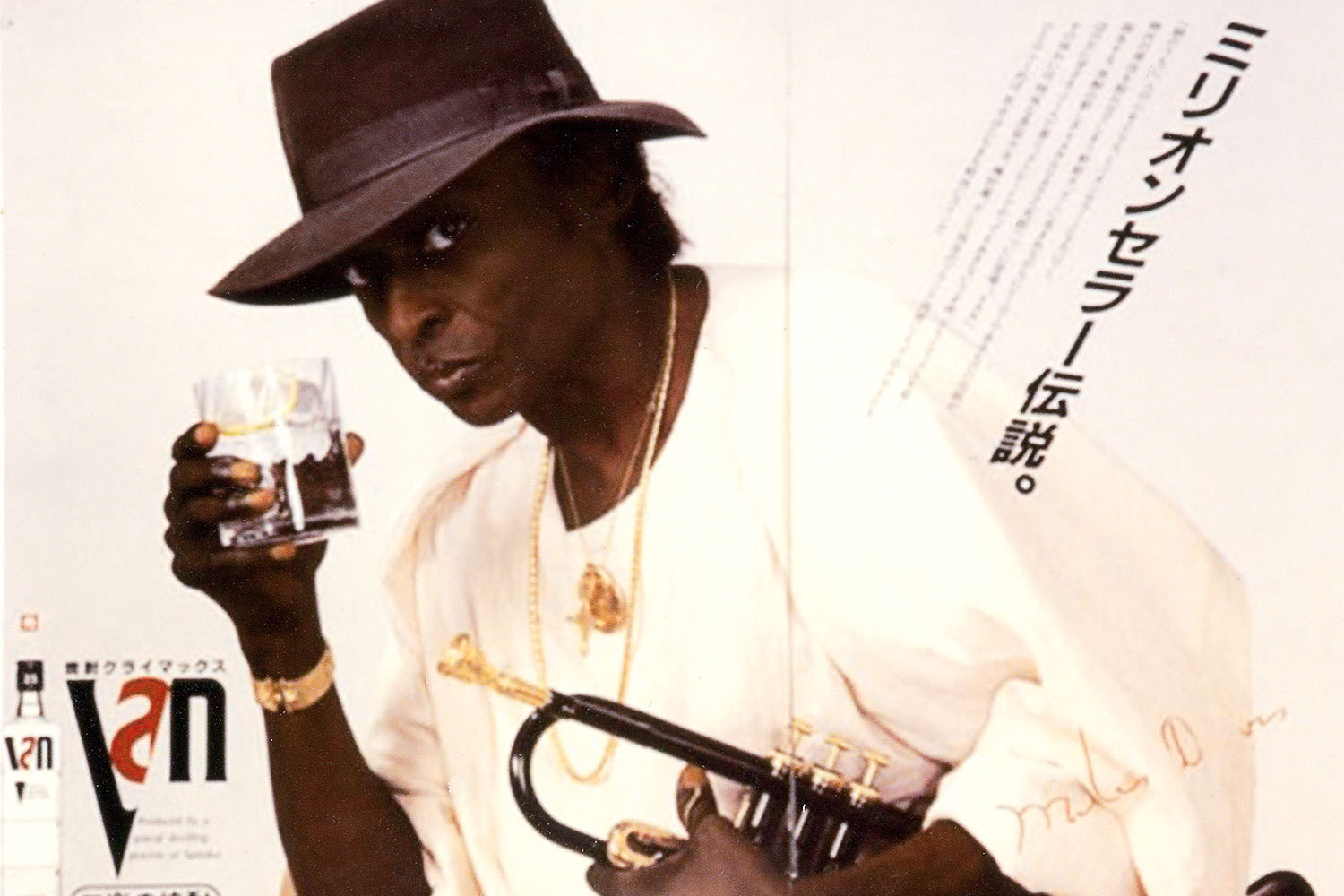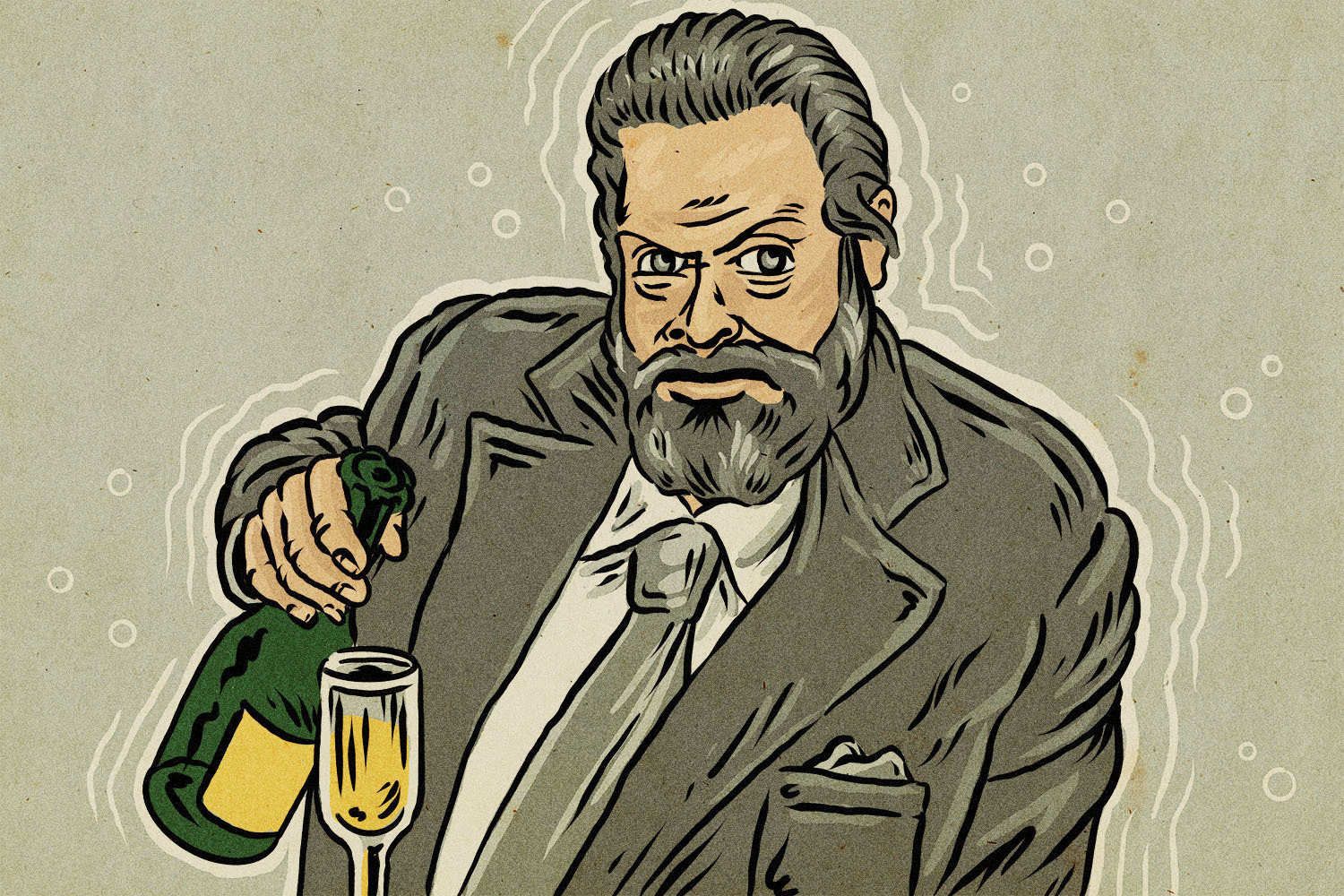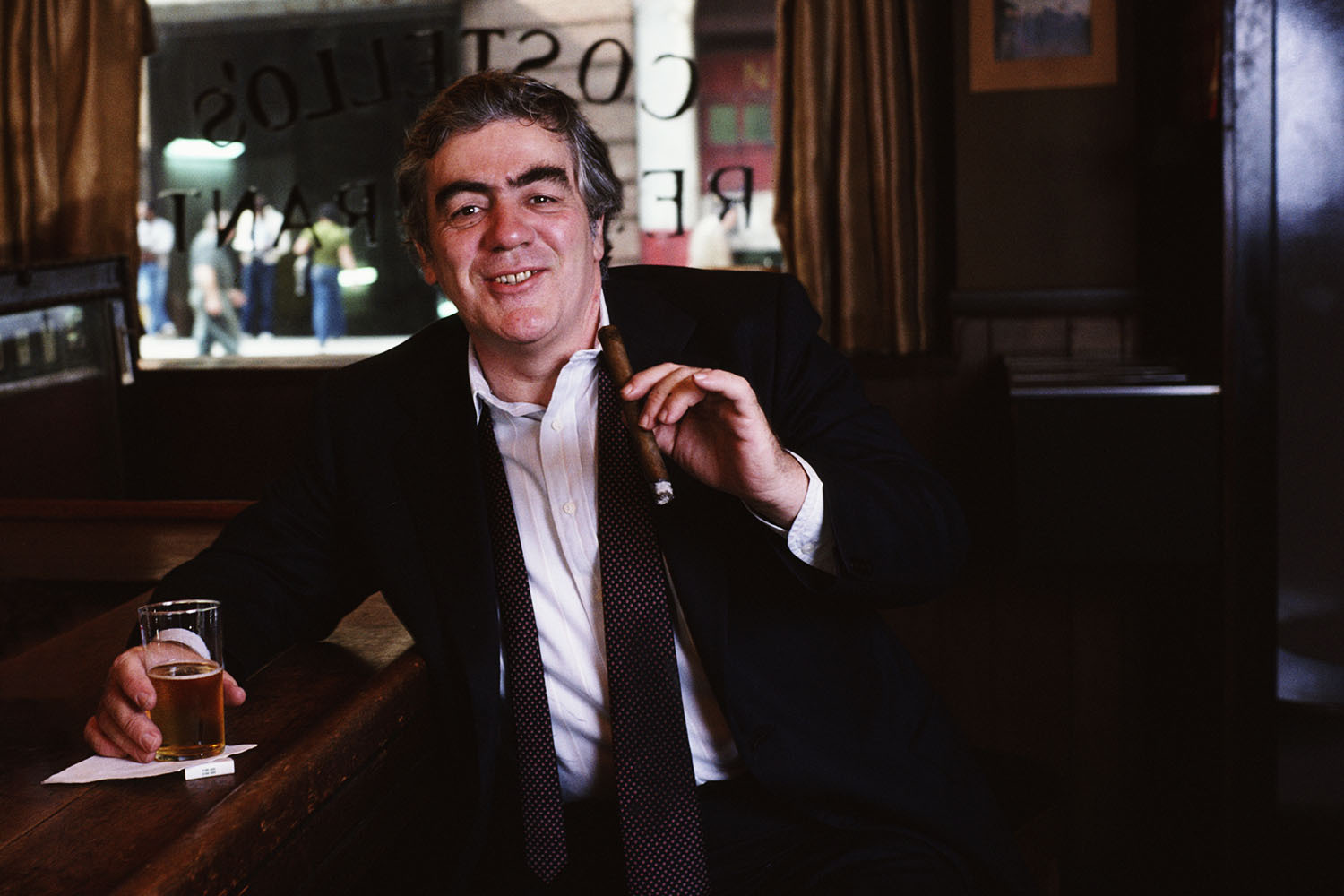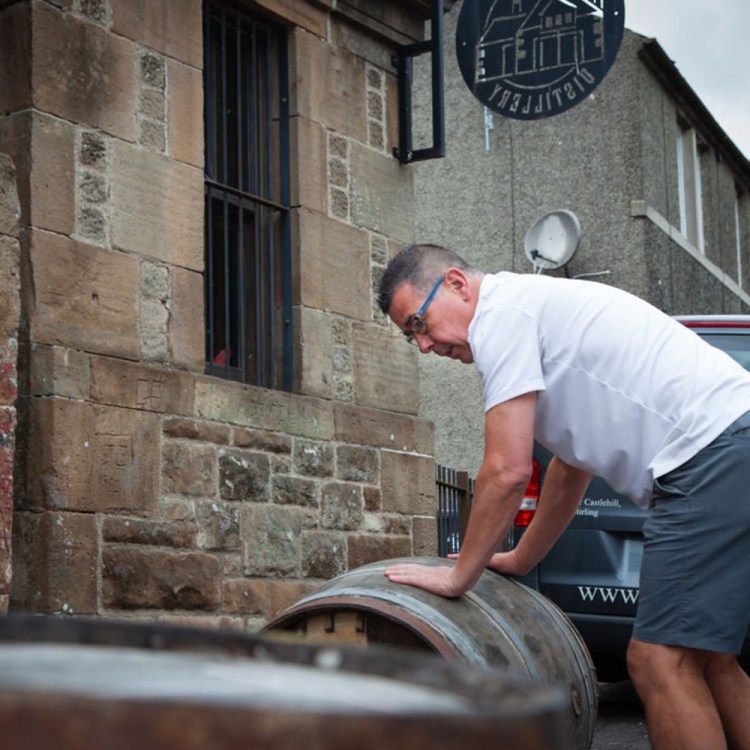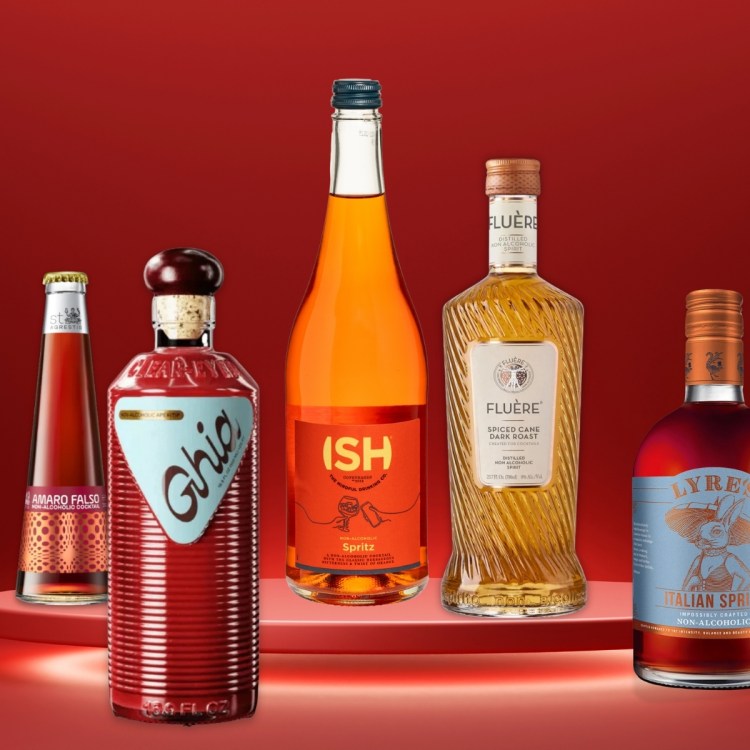In 1961, the Kotobukiya company launched an ad campaign in Japan called “Let’s drink Torys and go to Hawaii.” Their Suntory Whisky had just been approved for U.S. sales for the first time, and the Japanese alcohol brand wanted to give its local fans a chance to win a vacation to the newest American state. Japan’s economy was growing by then and its emergence as a global power was soon to come. By the early 1970s, in fact, Japanese companies were paying top dollar to American celebrities to appear in its commercials, attracting everyone from Paul Newman to Sofia Loren to Woody Allen and Arnold Schwarzenegger. Suntory would soon employ their own A-lister.
“Since whisky is originally a Western product, the American celebrities added a touch of authenticity to certify that the middle-class Japanese man was now fond of whisky like a westerner,” writes Roberta Novielli in her essay In the Realm of Signs: Hybridism in Japanese Everyday Life.
For Suntory, its first celebrity spokesman would be Sammy Davis Jr., who in 1974 ad-libbed an entire commercial for Suntory Owaito — the lower-end “white” label — scatting as he pours himself a big glug over ice. Davis’s career had recently been revitalized by his unexpected 1972 hit The Candy Man, which had gone to number one on the charts, and he was beloved the world over. If this Rat Pack member enjoyed Japanese whisky, shouldn’t we all?
“The ad was not only a great success, but it became a blueprint for the company, cultivating almost their entire brand off the back of these TV spots,” writes Tracks & Fields. By 2013, American singer-songwriter Father John Misty was even inspired enough to parody the Davis spot.
Of course, today it’s virtually impossible for a drinker to see a bottle of Suntory and not immediately think of Bill Murray’s movie star shill in the 2003 film Lost in Translation: “For a relaxing time, make it Suntory time.” In fact, many credit this moment as what first put Japanese whisky on the American radar.
“[E]veryone in the U.S. thought it was some fictional company, people thought it was some weird name they used for the movie’s sake,” Gardner Dunn, Suntory’s spirits ambassador, told Men’s Journal in 2015. Coincidentally, that same year Yamazaki 12 Years Old, Suntory’s flagship single malt, won Gold at the International Spirits Challenge, its first ever major accolade.
It’s long been speculated who Murray is supposed to be satirizing. Though the fictional commercial director (Yutaka Tadokoro) yells “Rat Pack? You know Rat Pack?” at Murray’s Bob Harris character, he clearly wasn’t based on Davis. And though the New York Times amusingly believed the inspiration was instead crooner Harry Connick, Jr., who had appeared in a Suntory Reserve spot in 1991, the truth was, in fact, much simpler than that.
“Going to Japan, you’d always see ads of people like Kevin Costner or someone promoting coffee,” recalls Sofia Coppola, Lost in Translation’s director, who frequently visited the country in her twenties when she had her own clothing line. “It’s this heightened, Japanese idea of Western culture.”
For her Oscar-winning film, however, she was simply recalling the ad work of her father, the legendary director Francis Ford Coppola, who found himself in a series of Suntory commercials in 1980, alongside Akira Kurosawa. The world-famous Japanese director of Seven Samurai and Rashomon was certainly no stranger to whisky, something he frequently touches on in 1983’s Something Like an Autobiography.
In it, he explains that after he won a screenwriting prize in the early 1940s, he used his big payday to take his friends drinking every single night, where they’d pound whiskey at Ginza bars while talking movies. Likewise, while filming Rashomon, Kurosawa forced his film crew to gather together at 10 o’clock every night to “pour whiskey down our throats with a vengeance.”
Kurosawa was also no stranger to Suntory, having appeared in a commercial for them back in 1976, for which he received a then-hefty $30,000 fee. (Murray’s Bill Harris character would be commanding $2 million by 2003.)
Fast-forward three years later, however, and Kurosawa was in a bad place. His two most recent films, 1970’s Dodeskaden and 1975’s Dersu Uzala, had been flops, and he was struggling to get financing for his next effort.
“At some point he had been so despondent wondering if he’d ever direct again, he had attempted suicide and was a heavy drinker,” writes Open Culture. He was also 69 years old by that time.
George Lucas, who had famously based his Star Wars on Kurosawa’s The Hidden Fortress, would use his immense power to convince his studio, 20th Century Fox, to put up the money for another Kurosawa samurai epic: Kagemusha: The Shadow Warrior. Coppola, Lucas’s friend and mentor, had just finished his own laborious, near-suicidal shoot for Apocalypse Now; he would also be attached as an executive producer. In addition, while filming Kagemusha, Kurosawa would be set up to make some extra pocket change by directing a series of five Suntory spots in which he starred alongside Coppola.
“The world’s gaze is fixed on these two men right now as on nobody else,” says the commercial’s dramatic voiceover in Japanese as Coppola and Kurosawa look over intricate storyboards for Kagemusha and sip rocks glasses of Suntory. This despite the fact that Coppola reportedly didn’t drink whisky (though the Italian-American did, of course, consume Napa Valley wine, having purchased part of the Inglenook Estate vineyards in 1975). “There’s no stronger friendship than that between these two men.”
All five spots also show Kurasawa on the Kagemusha set in Hokkaido during the summer of 1979, looking over costuming and eventually directing an epic battle scene featuring samurai on horseback, sometimes as Coppola watches on. (For whatever reason, in a 2017 The Daily Beast interview, Sofia Coppola remembered the commercial being filmed at her family’s home in San Francisco.)
“Some are a little repetitive but it’s fascinating watching these two masters clink glasses,” wrote the Austin Film Society.
That fascination with American celebrities drinking this exotic Japanese product would begin to propel Suntory toward stateside ubiquity. Suntory already had homegrown sales of $2.8 billion in 1979, which accounted for 64% of the Japanese whisky market.
Duran Duran would do a spot for Suntory Q in 1983, Matt Dillon for Suntory Reserve Silky in 1984, (an animatronic) Ray Charles for Suntory White in 1989, Sean Connery for Suntory Crest in 1992 and Keanu Reeves for Suntory Reserve that same year. Meanwhile, Suntory’s chief rival Nikka would enlist Orson Welles for a 1976 spot. (One study found that by 1998, 47% of Japanese commercials featured celebrity endorsers, as compared with a mere 20% in the U.S.)
“It was … part and parcel of the ‘approval of the West’ strategy,” writes Stefan Van Eycken in his 2017 book Whisky Rising: The Definitive Guide to the Finest Whiskies and Distillers of Japan, adding, “I say ‘strategy’ because the ‘approval’ was not an expression of widespread consensus among actual consumers in the West, but implied by having a famous star sip and endorse a whisky that wasn’t even available in their home market — let alone, appreciated and acclaimed.”
Ultimately, of course, Suntory would be appreciated and acclaimed in America. Perhaps too much so. These days, yet again, Suntory isn’t widely available in America. Today, Suntory (and its sub-brands like Yamazaki and Hibiki) are A-list names themselves. They don’t need celebrities to endorse them, the labels themselves having become household names.
As for Kurosawa, despite production hiccups — notably, his star Shintaro Katsu leaving the picture — Kagemusha was eventually finished. It became a commercial and critical success, winning the 1980 Cannes Film Festival’s Palme d’Or and receiving an Academy Award nomination for Best Foreign Language Film.
Just this March, in fact, The Criterion Collection finally released Kagemusha on Blu-Ray. In the restored film’s special edition features, alongside trailers, audio commentary and a making-of documentary, the Suntory commercials appear. They have become a critical part of not just whiskey history, but cinematic history as well.
Every Thursday, our resident experts see to it that you’re up to date on the latest from the world of drinks. Trend reports, bottle reviews, cocktail recipes and more. Sign up for THE SPILL now.
